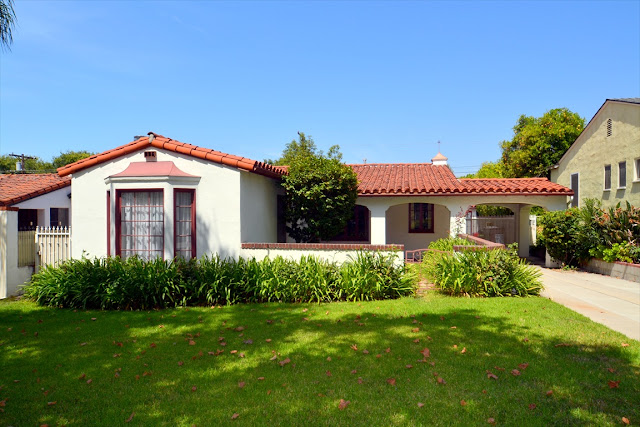Investigating The Sacreo In Architecture (Page 1)
What is the sacred in architecture? is it the architecture or the object or the idea it houses? How does the architect trained in a 'foreign' language, in schools based on western ideology and working in India with non-traditional materials
and technology and even design-concepts understand the sacred?
Does the term retain any relevance in its orthodox connotation in the field of architecture and design today? or does the sacred have an entirely new meaning?
In an effort to identify the sacred in architecture and deliberate upon its relevance today, we need to first of all appreciate the very meaning of the term particularly with respect to architecture in tradition. Also, because of the fact that the training of the sthapati of yore included a thorough understanding of the religious texts among other subjects, the position of the architect today vis-a-vis the 'priest-architect" needs to be investigated too.
sacred acts of architecture:
Much of tradition especially in architecture derives from pre-industrial society where religion and ritual dictated people's daily lives. Thus coomaraswamy saw every artistic operation envisaged by tradition as an imitation of what was done by the gods in the beginning. He saw problems of spatial extension or construction having been traditionally approached as an act of piety imitating that already done by nature. His profound knowledge and pioneering research allowed him to make a well-argued and spirited case for the qualities of traditional architecture that includes spirituality and sacredness as an integral part of the programme.
Today, religion is in the ascendant once more, yet in spite of the many religious discourses, meditation camps, media-savvy soul-gurus with their wealthy followers, etc on the one hand, and the literally die-hard extremists on the other, architecture seems to have lost its traditional 'sanctity'. And sacred architecture may not be the same as architecture for the sacred any more.
The shift in perception as well as changes in the practice of architecture from primarily a sacred activity dedicated to the gods to one that unashamedly caters to man's needs for monetary gains and material pleasure is well understood. The shastras or texts on architecture were considered almost sacred then, just as architecture was seen as an act of piety. What a far cry that is from our current perceptions of and regard for our only mandatory "text' - the building bye-laws.
(Continues…)




Comments
Post a Comment